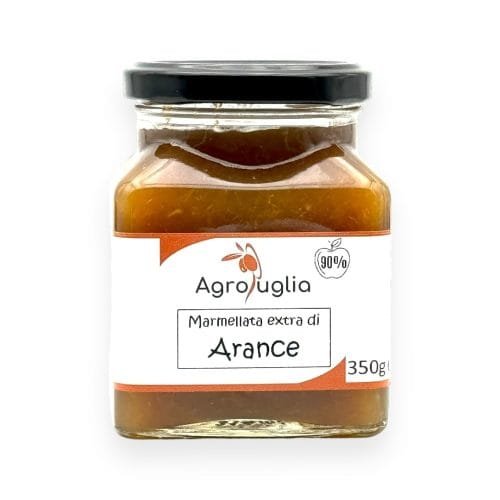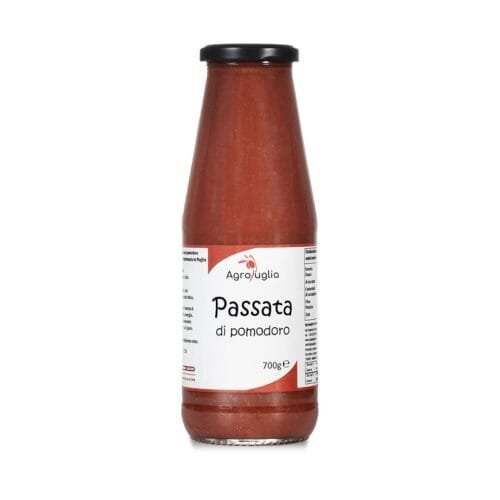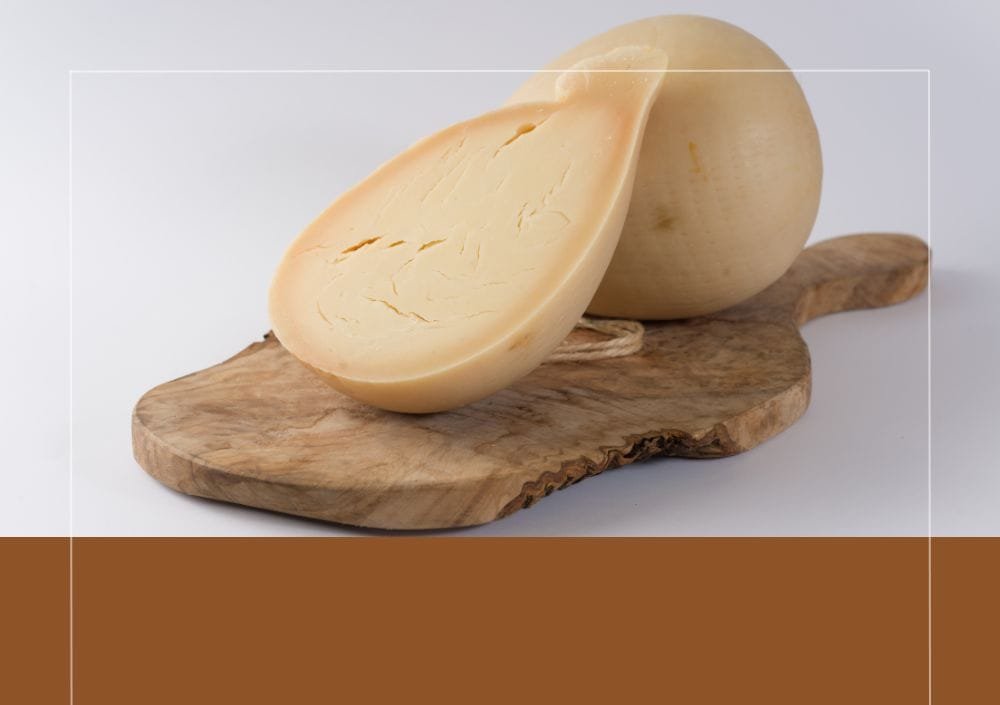Many recipes are proposed and many variations can be found online, but the original recipe of pesto alla genovese follows precise indications both on the ingredients and their quality.
The tradition of pesto alla genovese has very ancient origins, dating back to the times of the ancient Romans; in fact, among their favorite recipes was Moretum, a dish made with cheese crushed with herbs and nuts that gave rise to pesto alla genovese.
Other beliefs, however, hold that the sauce that inspired this recipe is due to the agliata alla ligure which is prepared with garlic and walnuts, which spread in the region during the Republic of Genoa.
The first recipe for pesto alla genovese, as we know it today, dates back to the nineteenth century.
CURIOSITIES AND LEGENDS
Legend has it that, once upon a time, on the heights of Prà there was a convent called San Basilio, where according to popular history, lived a monk who accidentally prepared the first pesto alla genovese, in fact, on the mountain where he lived, a particular aromatic herb grew called **Basilium**, named so precisely because of the devotion that the inhabitants had for the saint San Basilio.
One day, the monk decided to collect this herb to combine it with other foods offered to him by other faithful, and it is precisely in this way that it is thought that the first version of this recipe was born, later perfected over time.
A curiosity is that the term basil derives from the medieval Latin basilicum, which in turn derives from the Greek basilikon, meaning “royal plant”, which in turn originates from basileus which means “king”.
THE TRUE PESTO ALLA GENOVESE
The **traditional pesto alla genovese** recipe, the authentic one, requires that the selected ingredients be of the highest quality: **basil leaves from Prà, extra virgin olive oil, Italian pine nuts, aged Parmigiano Reggiano, DOP Pecorino** Fiore Sardo, Vessalico garlic, and coarse sea salt.
All ingredients must be mixed raw using two tools: the wooden pestle and the marble mortar.
ORIGINAL RECIPE
Use **basil leaves** (preferably from Prà, a height in the municipality of Genoa) that should first be washed in cold water and then left to rest on a cloth. Then, take the mortar and start working the garlic, which should not have too strong a flavor; in fact, the **Consortium of Pesto alla Genovese** requires precisely that there be one clove of garlic for every thirty basil leaves.
Add the coarse salt and pine nuts to the garlic, work the mixture until a nice creamy consistency is achieved, and only at this point add the basil leaves. Finally, with the wooden pestle, gently rotate in the mortar until the essential oils present in the leaves are best absorbed and only at this point add the other ingredients, namely Parmigiano Reggiano (which should be aged for at least 30 months), DOP Pecorino Fiore Sardo and extra virgin olive oil.
The whole process should last as short a time as possible because it is necessary to avoid the ingredients oxidizing.
In short, one could say that pesto is a technique more than a recipe, as stated by Gareth Jones, a careful English gastronome, involved in the world championship of mortar pesto.
This recipe, prepared according to tradition, is part of the traditional Ligurian agri-food products (PAT) recognized by the Ministry of Agricultural, Food and Forestry Policies.
Some Pesto Genovese recipes do not include pecorino because it gives the dish a spicy flavor; for this reason, the variant is to use Grana Padano or instead of pine nuts you can also use almonds or walnuts, in short, according to your tastes, you can personalize it as you prefer.
CONCLUSION
In conclusion, we can say that pesto alla Genovese is a serious matter, it is not an ordinary recipe, it should be enjoyed to the fullest in all its nuances, with all its aromas, all over the world it represents a gastronomic excellence that must be preserved and valued.
Try the recipe and as always ENJOY YOUR MEAL.


















